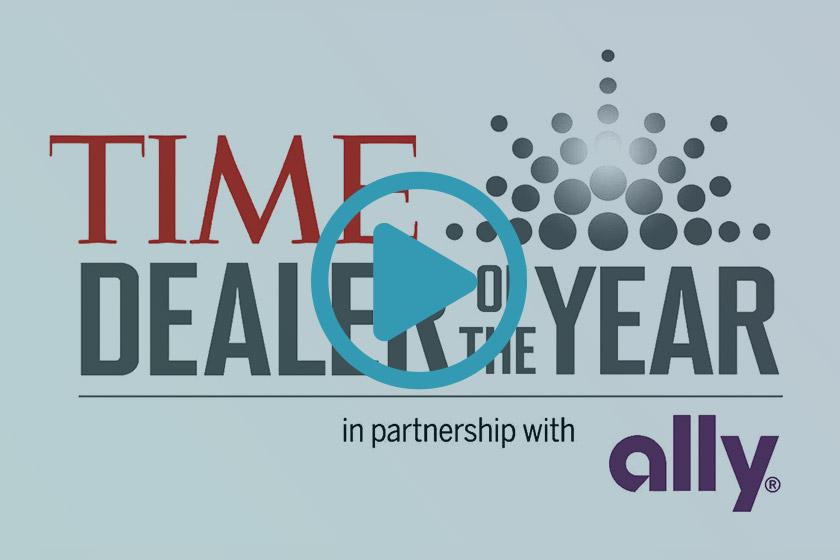If you’ve ever posted anything from your company’s Facebook account, then you’re doubtless familiar with the “Boost Post” button. Facebook displays it any time you share content from a branded account, and at first glance, it may seem like a useful tool. After all, simply by clicking this button (and pitching in a few dollars from your advertising budget), you’re offered the promise of an extended reach and a broadened Facebook audience.
It might surprise you to learn that many marketing experts actually recommend against using the Boost Post button; certainly, it’s something we’re cautious about here at enCOMPASS. The reason for this is simple: The Boost Post button is useful for beginners but lacks a lot of the features and functionality required to really make your Facebook advertising efforts effective.
What the Boost Post Button Can’t Do
Indeed, there are a number of helpful features readily available to you in Ads Manager but lacking when you opt for the most simplistic Boost Post command. Allow us to list just a handful of examples.
- Creating multiple ad sets for a single campaign. Much of the time, the best way to employ a Facebook ads campaign is to create multiple ad sets; for example, you might have a set of ads targeted to warm leads and another set targeted toward cold leads. Each ad set can use a different budget, different creative content, different landing pages… you name it. But when you use the Boost Post function, Facebook automatically generates a single ad set on your behalf, meaning you can’t make use of some of these customization options.
- Choosing your objective. What are you trying to accomplish with your Facebook ads? You may have any number of different objectives, and when you use the Ads Manager, you can select from 11 different options. For example, you can make traffic your key objective, or brand awareness, or something else. Again, Boost Post deprives you of this flexibility, choosing your objective automatically, based on assumptions about your campaign. Needless to say, Facebook’s assumptions aren’t guaranteed to be accurate.
- Split testing. Sometimes, the best way to determine your ad strategy is to test different options. For example, you might want to experiment with showing an ad to just your website visitors or to a broader audience, and see which method gives you the results you need. As you can probably guess, the split testing option is available when you choose Ads Manager, but not when you opt to boost your post.
- Use Dynamic Creative. Those who have only used the Boost Post option, as opposed to Ads Manager, may not know that this function exists. Basically, Dynamic Creative allows you to have Facebook determine the most effective combination of image, text, and CTA. In some ways, it’s akin to split testing. It’s another important Facebook functionality that only more advanced users will have experience with. (See also: Multiple Text Options, a simplified version of Dynamic Creative that allows you to play around with different texts for each ad. This, too, is Ads Manager-only.)
- Optimize your campaign budget. You may have an ad campaign with multiple ad sets within it, in which case it can be challenging to know how best to allocate your budget. If you use Campaign Budget Optimization, Facebook will help you determine the most effective ways to distribute your overall ad spend. This isn’t available when you use the Boost Post feature.
- Display dynamic ads. With dynamic ads, you can upload a number of different product images, and allow Facebook’s algorithms to show products to each ad recipient based on their personal browsing history. This can be a game changer for e-commerce brands, in particular, and it’s only available when you go through Ads Manager.
- Create custom audiences. One of the most powerful functionalities that Facebook offers is the ability to create custom audiences, based on criteria of your choosing (for instance app users, people who've engaged with your previous posts, etc.). You can use your custom audiences when you select Boost Post; however, in order to create new custom audiences, you’ll need to gain some exposure to Ads Manager.
This is a very incomplete list, and we offer it only to demonstrate that, when you use the simple Boost Post button, you’re missing out on a lot of the features that actually make Facebook advertising highly targeted, customizable, and effective.
That’s not meant to be a blanket dismissal of the Boost Post option, which can be useful for novices, in particular. But, to really make Facebook Ads effective, you’ll ultimately need to exploit some of the great tools available in the Ads Manager.
Questions? Eager to learn more about developing an effective Facebook Ads strategy? We’d love to chat with you any time. Reach out to enCOMPASS today.
SHARE THIS ARTICLE:



